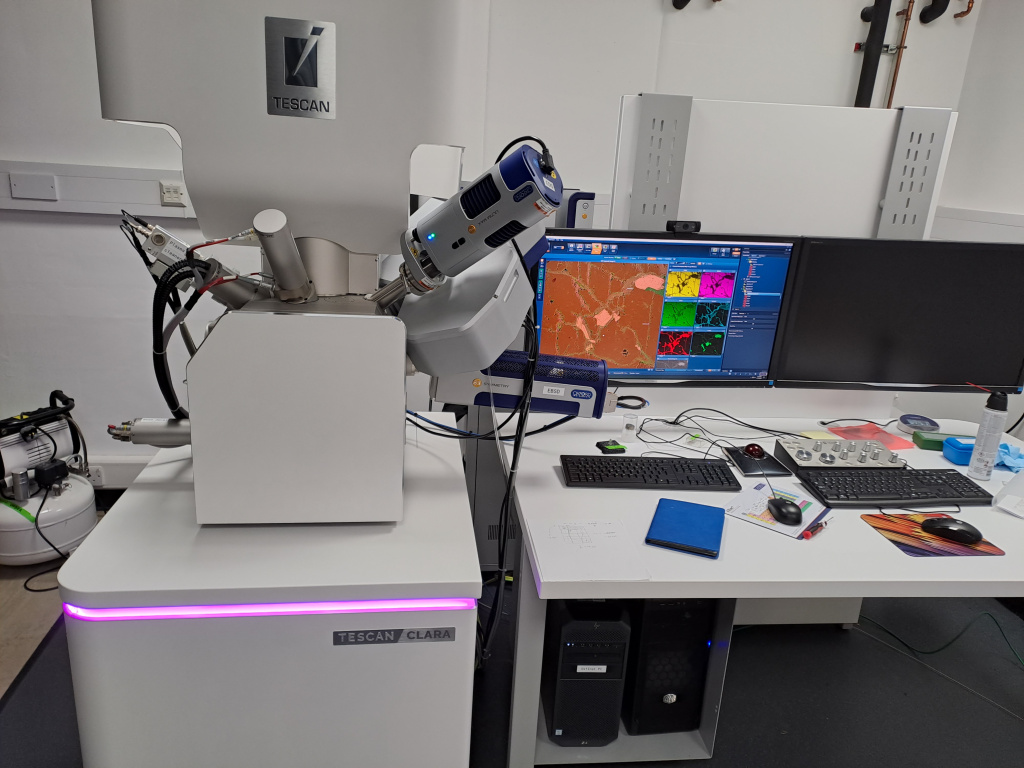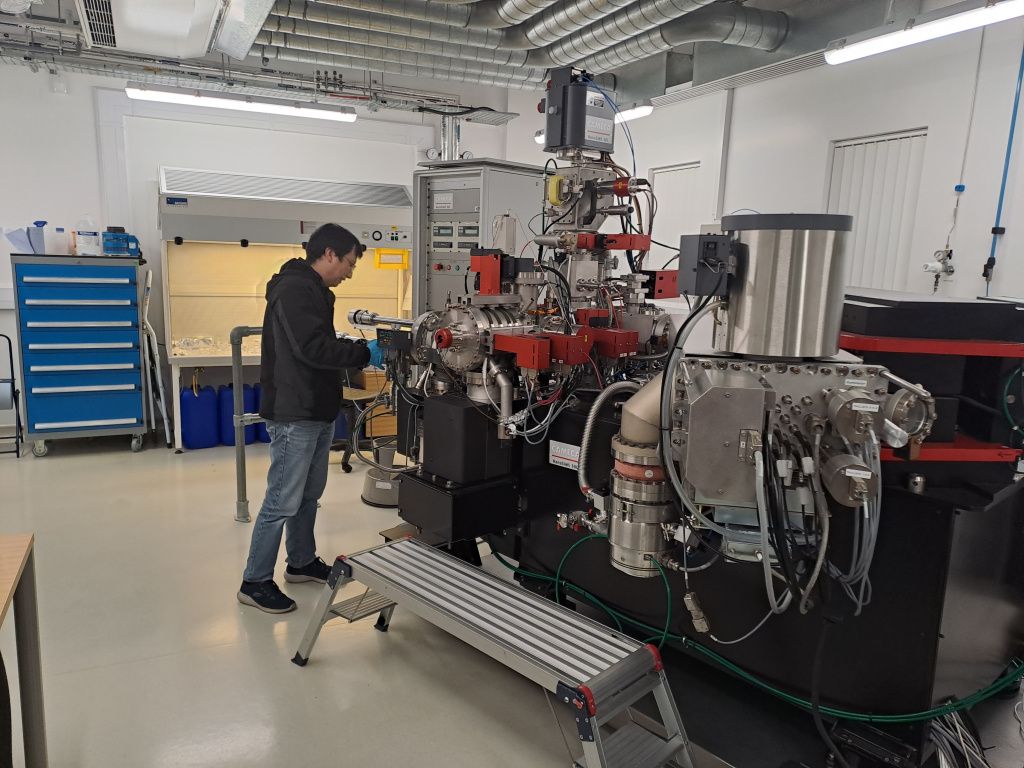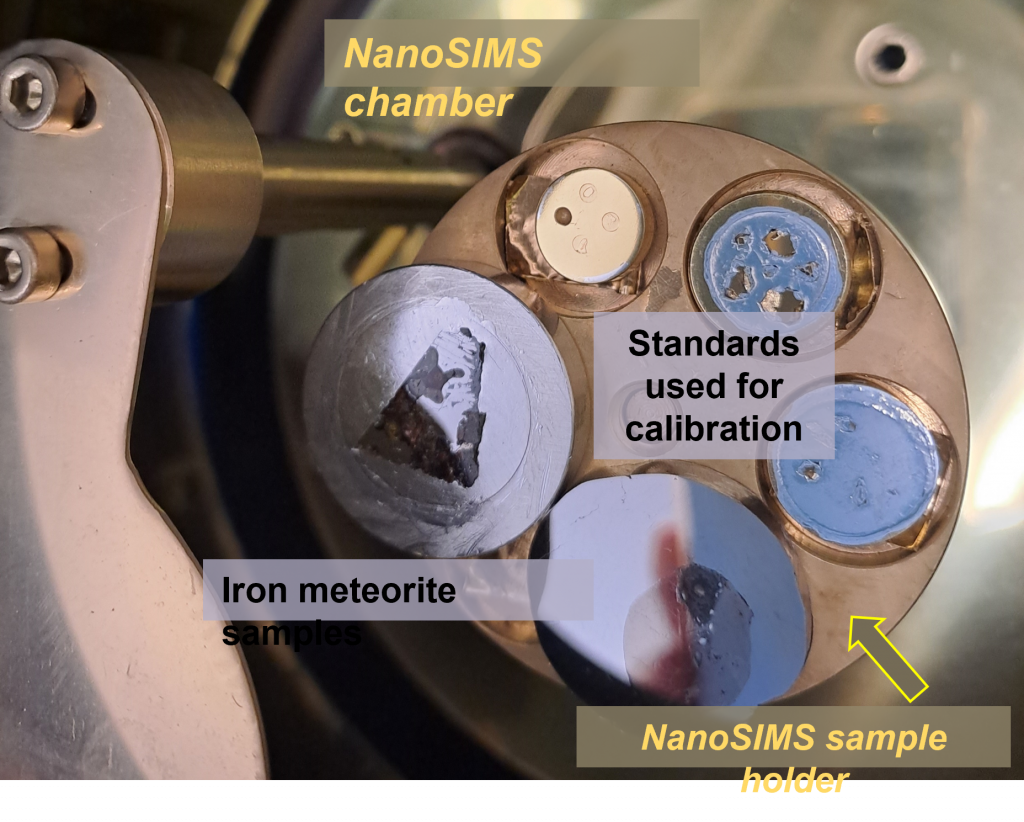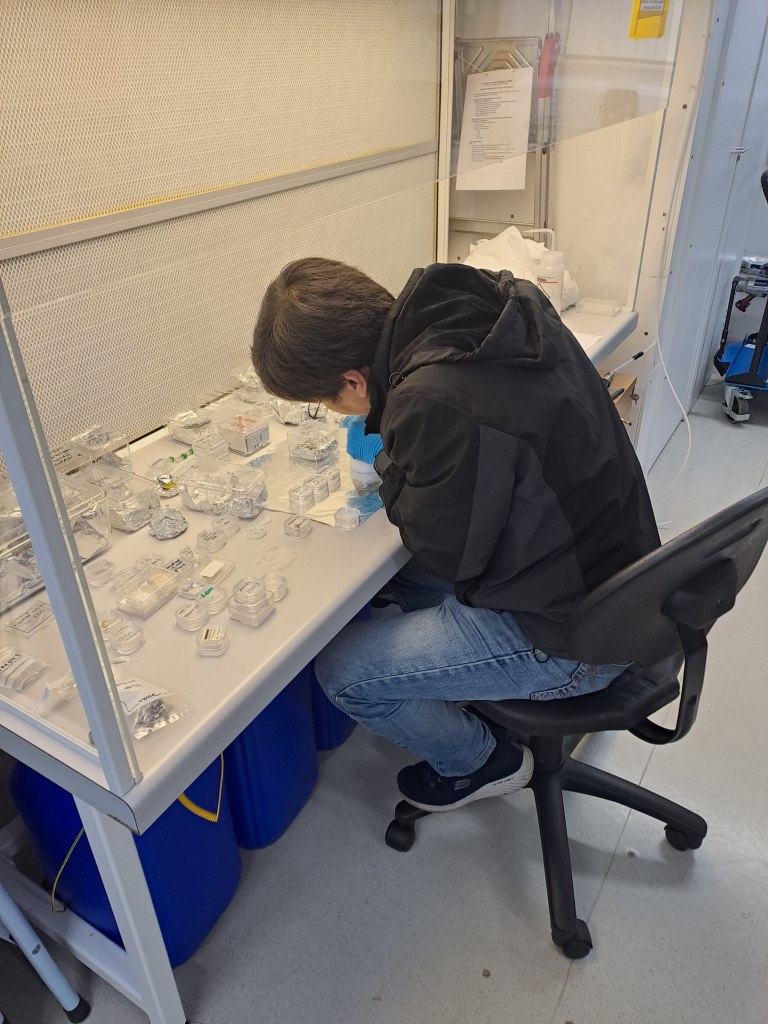20-EPN-008: Characterisation of a new type of extraterrestrial material through the study of Cumulate Porphyritic Olivine cosmic spherules
Virtual visit by Alice Stephant, Istituto di Astrofisica e Planetologia Spaziale (Italy) to TA2 Facility 21 – OU NanoSIMS 50L (UK).
Dates of visit: 24 March – 25 August 2022
One of the major unresolved questions in the field of cosmochemistry is to understand the source(s) and timing of volatile delivery in the inner Solar System. The goal of this project was to examine primitive achondrites which volatile inventory has not yet been investigated, in order to determine what portion of these volatiles was incorporated in the early stages of the Solar System history, relative to late-veneer delivery. In this regard, primitive achondrite acapulcoites and lodranites were selected as they sample a common parent body, hence allowing to also investigate the effect of various degrees of planetary differentiation on volatile abundances and isotopic compositions.
Using the NanoSIMS 50L at the Open University, we analysed chlorine and water content, as well as their associated isotopic composition in phosphates from three acapulcoites and two lodranites. Our results suggest that the acapulcoite-lodranite parent body incorporated a similar source of volatiles than ordinary chondrites, which chemical composition is similar to the chondritic precursor of acapulcoites and lodranites, arguing for a common reservoir of both Cl and H in the inner Solar System.
Read the full scientific report, with kind permission from Alice Stephant.





